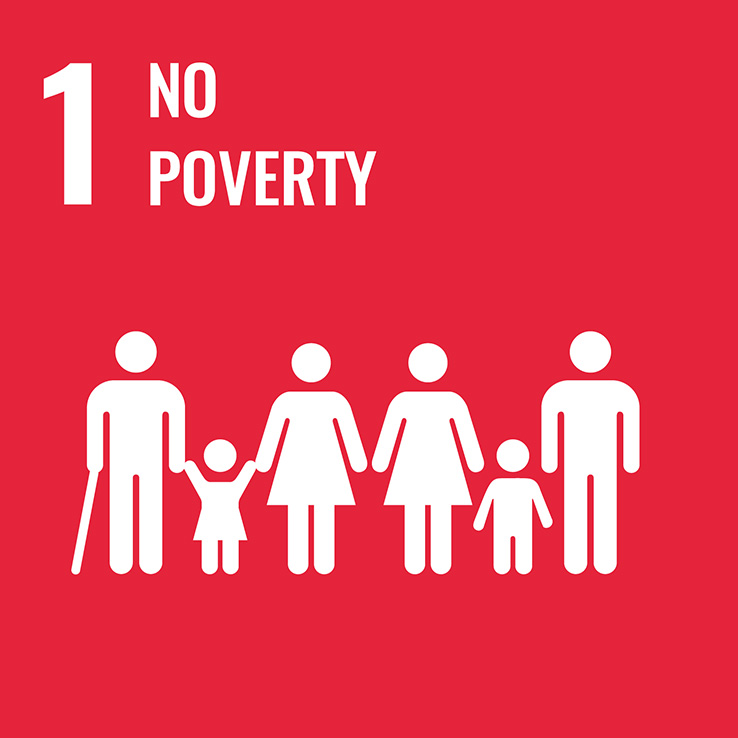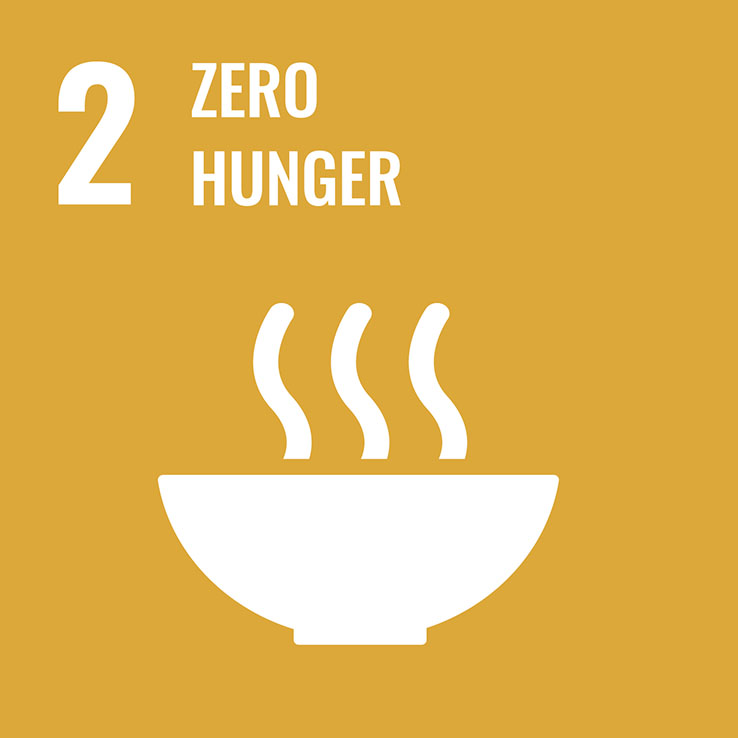
Selection


1.5.1 Number of deaths, missing persons and directly affected persons attributed to disasters per 100,000 population

1.a.2 Proportion of total government spending on essential services (education, health and social protection)

1.b.1 Pro-poor public social spending

2.2.3 Prevalence of anaemia in women aged 15 to 49 years, by pregnancy status (percentage)

2.3.1 Volume of production per labour unit by classes of farming/pastoral/forestry enterprise size

2.3.2 Average income of small-scale food producers, by sex and indigenous status

2.4.1 Proportion of agricultural area under productive and sustainable agriculture

2.c.1 Indicator of food price anomalies

3.3.4 Hepatitis B incidence per 100,000 population

3.5.1 Coverage of treatment interventions (pharmacological, psychosocial and rehabilitation and aftercare services) for substance use disorders

3.7.1 Proportion of women of reproductive age (aged 15–49 years) who have their need for family planning satisfied with modern methods

3.8.2 Proportion of population with large household expenditures on health as a share of total household expenditure or income

3.b.3 Proportion of health facilities that have a core set of relevant essential medicines available and affordable on a sustainable basis

4.1.2 Completion rate (primary education, lower secondary education, upper secondary education)

4.2.1 Proportion of children aged 24–59 months who are developmentally on track in health, learning and psychosocial well-being, by sex

4.7.1 Extent to which (i) global citizenship education and (ii) education for sustainable development are mainstreamed in (a) national education policies; (b) curricula; (c) teacher education; and (d) student assessment

5.4.1 Proportion of time spent on unpaid domestic and care work, by sex, age and location

6.6.1 Change in the extent of water-related ecosystems over time

6.b.1 Proportion of local administrative units with established and operational policies and procedures for participation of local communities in water and sanitation management

8.3.1 Proportion of informal employment in total employment, by sector and sex

8.8.2 Level of national compliance with labour rights (freedom of association and collective bargaining) based on International Labour Organization (ILO) textual sources and national legislation, by sex and migrant status

10.1.1 Growth rates of household expenditure or income per capita among the bottom 40 per cent of the population and the total population

10.3.1 Proportion of population reporting having personally felt discriminated against or harassed in the previous 12 months on the basis of a ground of discrimination prohibited under international human rights law
